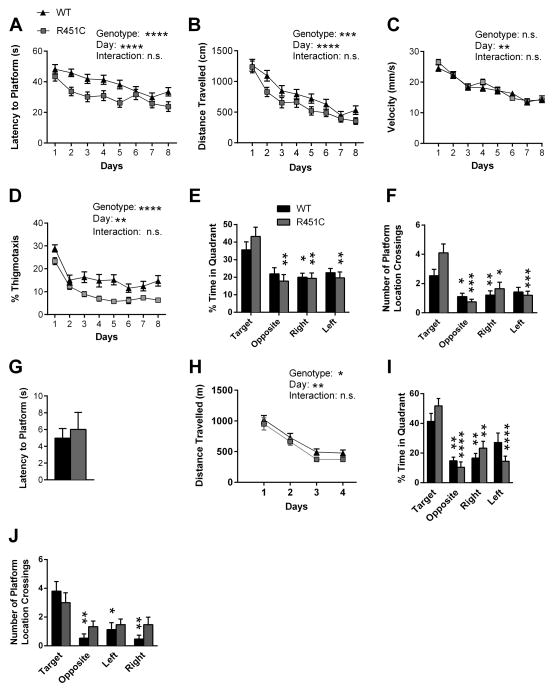Figure 2. NL3R451C Mutants Exhibit Increased Spatial Learning in the Morris Water Maze Task.
(A–C) NL3R451C mice exhibit increased spatial learning in the Morris water maze during training compared to WT littermates using both latency (N=20 littermate pairs) (A) and distance travelled (N=20 littermate pairs) (B) prior to reaching the hidden platform. (C) Average swim speed did not differ between WT and NL3R451C during training trials (N=20 littermate pairs). (D) NL3R451C mice spent less time swimming near the wall of the water maze (thigmotaxis) compared to WT littermates during training trials (N=20 littermate pairs). (E) WT and NL3R451C mice both show a statistically significant preference for the Target quadrant over other quadrants during a probe trial (N=19 littermate pairs; 1 littermate pair was removed because 1 mouse was considered a “floater”). (F) Using the measure of platform location crossing, NL3R451C mice displayed an increase in crossings of the target platform location during the probe trial when compared to their WT littermates (N=19 littermate pairs). (G) All mice performed equivalently on the visible platform version of the Morris water maze (N=20 littermate pairs). (H) When platform location was reversed and mice were re-trained, WT and NL3R451C mice acquire the reversal learning task equally well (N=15 littermate pairs). (I-J) No difference in spatial preference was observed during the probe trial on either time spent in quadrant measure (I) or number of platform crossings measure (J). *P<0.05, **P<0.01 ***P<0.001, ****P<0.0001

